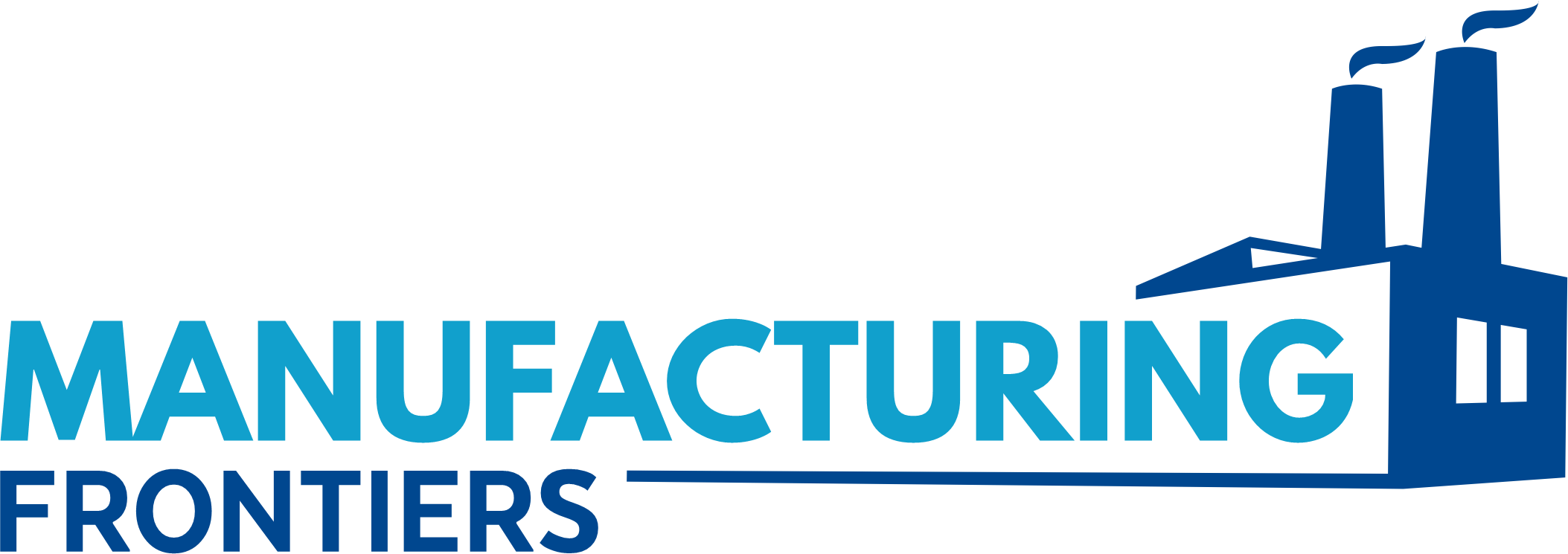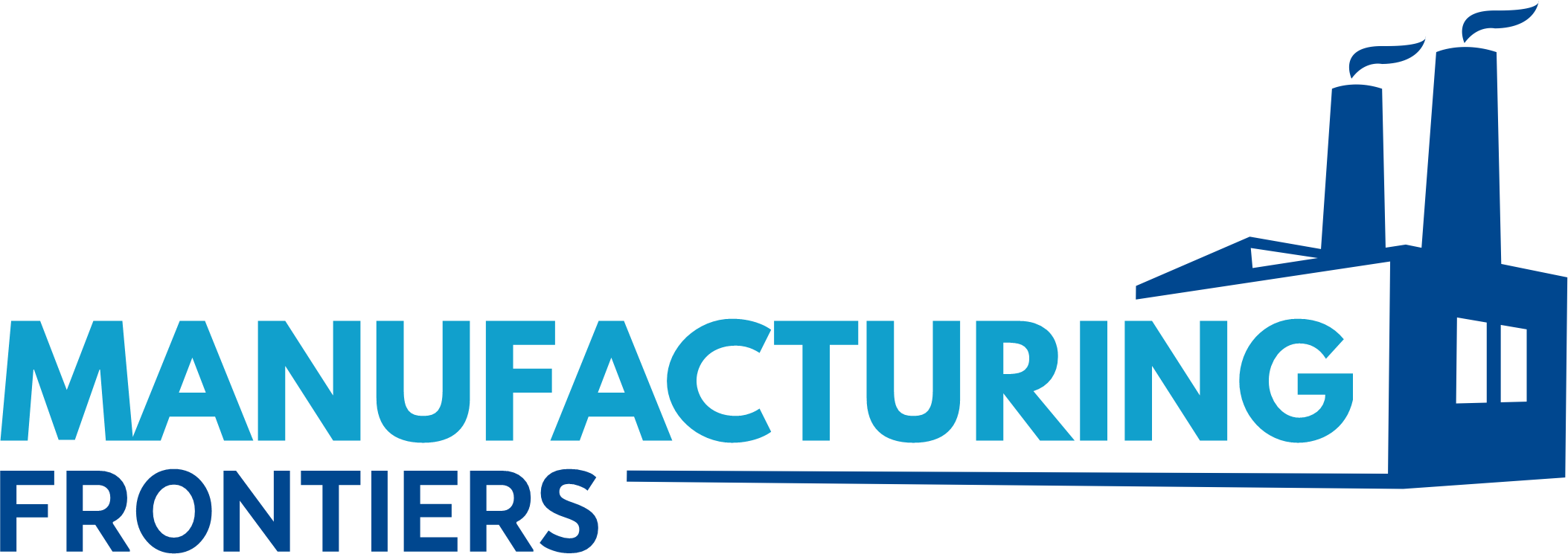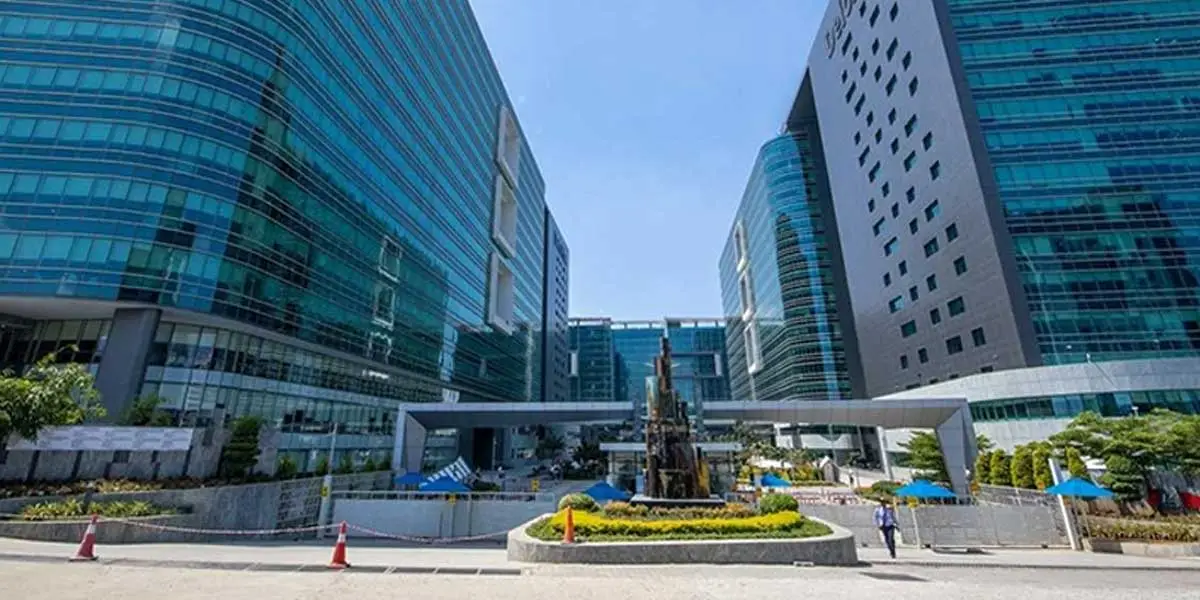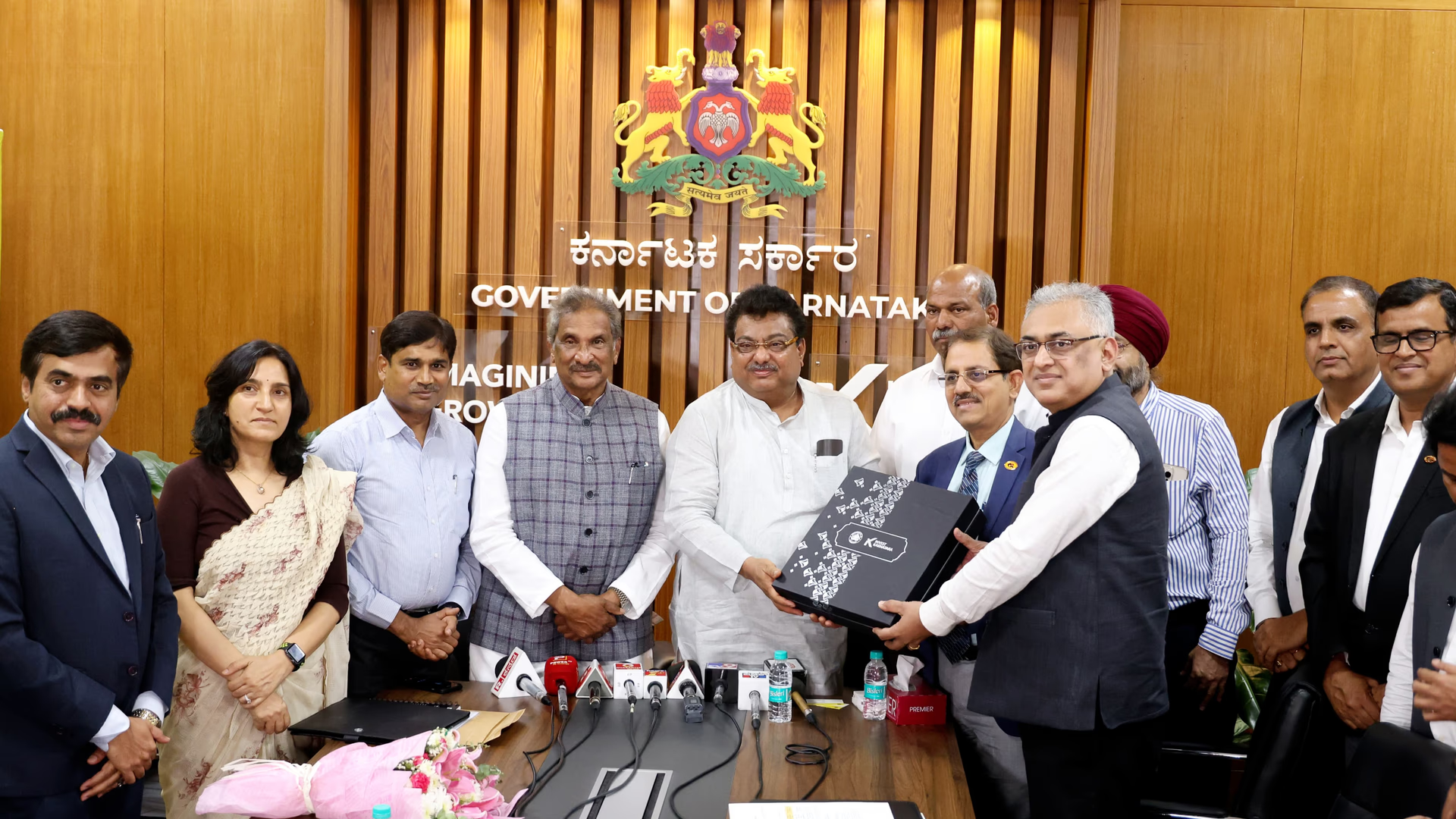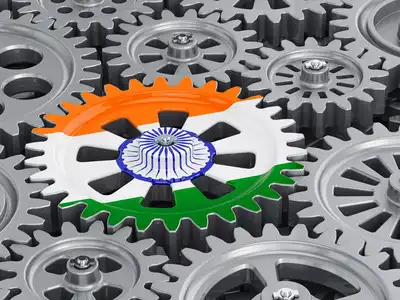pressing.
This blog explores the key production challenges manufacturers face in a volatile market, and the strategies they can adopt to ensure continuity, efficiency, and resilience in their operations.
1. Understanding the Key Production Challenges
The manufacturing sector is currently experiencing a number of challenges that are exacerbated by global volatility. These challenges include:
a. Supply Chain Disruptions
Global supply chains have been hit hard by several factors—pandemics, political unrest, natural disasters, and logistical bottlenecks. These disruptions result in delays, increased costs, and inventory shortages, making it difficult for manufacturers to source raw materials and components in a timely manner.
b. Labor Shortages and Skills Gap
Labor shortages are a growing concern, especially in skilled trades. The combination of an aging workforce and a shortage of younger workers entering manufacturing roles is leaving many plants understaffed. Additionally, the need for new technical skills to manage advanced technologies, such as automation, AI, and IoT, has created a skills gap.
c. Demand Fluctuations
The rise of e-commerce, changing customer preferences, and market volatility have led to frequent fluctuations in demand. Manufacturers often face the challenge of adjusting production schedules and inventory levels to match rapidly shifting market conditions, which can lead to overproduction or stockouts.
d. Rising Costs of Raw Materials and Energy
Rising costs of raw materials and energy are impacting profitability. Global price increases due to inflation, environmental regulations, and supply shortages place a heavy burden on manufacturers, especially those operating in energy-intensive sectors.
e. Quality Control and Compliance
Increased demand for quality and adherence to regulatory standards adds pressure on manufacturers to maintain high levels of product consistency and compliance. This becomes more difficult when dealing with fluctuating supply chains, new regulations, or evolving customer demands.
2. Strategies for Overcoming Production Challenges
To navigate through these challenges, manufacturers must adopt strategies that enhance flexibility, improve operational efficiency, and increase resilience. Here are some effective strategies to overcome production challenges in a volatile market:
a. Embrace Agile Manufacturing
Agile manufacturing allows manufacturers to adapt quickly to changes in demand, supply, and market conditions. By utilizing flexible production processes and technology, manufacturers can adjust production schedules in real time to meet changing customer needs.
- Benefits: Agility enables manufacturers to respond rapidly to disruptions, reducing lead times and improving customer satisfaction.
- Example: Manufacturers can implement modular production systems that can be reconfigured based on demand variations, ensuring that operations remain flexible.
According to a McKinsey & Company report, agile manufacturing can significantly reduce lead times and enhance responsiveness, giving manufacturers a competitive edge in volatile markets.
b. Invest in Digital Transformation
Digital technologies such as IoT, AI, and machine learning are helping manufacturers gain real-time insights into their operations, improving forecasting, inventory management, and production planning. By using data-driven strategies, manufacturers can optimize production processes, reduce waste, and minimize downtime.
- AI and Predictive Analytics: Implementing AI-driven predictive maintenance helps anticipate machine failures before they occur, reducing costly downtime and maintenance expenses.
- Smart Manufacturing: IoT-enabled devices and sensors provide manufacturers with real-time visibility into production lines, enabling immediate interventions and adjustments as needed.
Digital transformation can provide a 20% to 30% reduction in operating costs and up to 30% improvement in supply chain efficiency, according to PwC’s Digital Manufacturing Report.
c. Strengthen Supply Chain Resilience
The key to overcoming supply chain disruptions is strengthening resilience through diversification, collaboration, and advanced planning.
- Diversification of Suppliers: Relying on a single supplier or region can be risky in a volatile market. Manufacturers can mitigate risks by diversifying their supply base and sourcing from multiple suppliers across different regions.
- Inventory Management: Advanced inventory management systems, powered by AI and machine learning, can help optimize stock levels, reduce overstocking, and avoid stockouts, even when facing supply chain disruptions.
- Collaboration with Suppliers: Building long-term relationships with suppliers and sharing demand forecasts and production schedules can help mitigate disruptions and ensure a smooth flow of materials.
The World Economic Forum reports that companies with resilient supply chains—those that focus on diversification and collaboration—are more likely to overcome disruptions successfully.
d. Automate and Integrate Technologies
Automation is a key driver of efficiency in modern manufacturing. By integrating robotics, automation, and AI, manufacturers can increase production speeds, reduce human error, and lower labor costs. Automation also provides flexibility, as robots can easily be reprogrammed to accommodate different tasks as market conditions change.
- Robotics: Implementing robotics in high-volume or repetitive tasks can reduce cycle times and increase throughput.
- Process Automation: Automating tasks such as material handling, quality inspections, and packaging can improve consistency, reduce errors, and free up human resources for more strategic roles.
- Industry 4.0 Technologies: Integration of Industry 4.0 technologies such as IoT and AI in production systems allows for smarter, real-time decision-making, improving efficiency and responsiveness to market changes.
Automation can increase production efficiency by up to 25%, reduce downtime by 30%, and cut labor costs by 20-25%, according to a McKinsey & Company report.
e. Workforce Development and Training
Manufacturers need a well-trained workforce to stay competitive and navigate production challenges. Investing in continuous employee training, reskilling, and upskilling ensures that employees can handle advanced technologies, work in more flexible environments, and solve complex production issues.
- Skill Enhancement: Providing training in emerging technologies such as robotics, AI, and data analytics can help employees adapt to the changing demands of modern manufacturing.
- Flexible Workforce: Cross-training employees on multiple tasks enables manufacturers to quickly reallocate human resources to areas of need during periods of high demand or disruption.
According to Deloitte’s 2020 Global Human Capital Trends report, investing in workforce development can boost productivity by up to 20% and enhance the workforce’s ability to adapt to changes.
f. Lean Manufacturing and Waste Reduction
Lean manufacturing focuses on eliminating waste and improving production efficiency. By continuously optimizing production processes and reducing excess inventory, manufacturers can lower costs, improve resource utilization, and increase profitability.
- Value Stream Mapping: Identifying bottlenecks and non-value-added activities allows manufacturers to streamline production processes and eliminate waste.
- Continuous Improvement: Implementing Kaizen (continuous improvement) principles enables manufacturers to make incremental improvements to processes over time, ensuring sustained efficiency gains.
According to a Harvard Business Review article, lean manufacturing techniques can reduce production costs by 10-15%, while improving operational efficiency.
3. Preparing for the Future: Resilience Through Innovation
As the market continues to evolve, manufacturers must prioritize innovation and adaptability. The most resilient companies are those that continuously innovate, invest in advanced technologies, and develop new strategies to stay ahead of emerging challenges. These manufacturers are well-equipped to handle market volatility and capitalize on new opportunities.
Investing in digital tools, enhancing supply chain resilience, and fostering a culture of continuous improvement will allow manufacturers to maintain competitive advantages despite future challenges.
Conclusion
Overcoming production challenges in a volatile market requires a combination of strategic planning, technological investment, and workforce agility. Manufacturers that embrace digital transformation, implement agile manufacturing practices, optimize supply chains, and invest in automation and workforce training will be better positioned to thrive in uncertain times.
The key to success lies in resilience—being able to adapt quickly to changing market conditions, mitigate risks, and continuously improve operations. With the right strategies in place, manufacturers can overcome production challenges, reduce costs, and emerge stronger and more competitive in the global marketplace.
